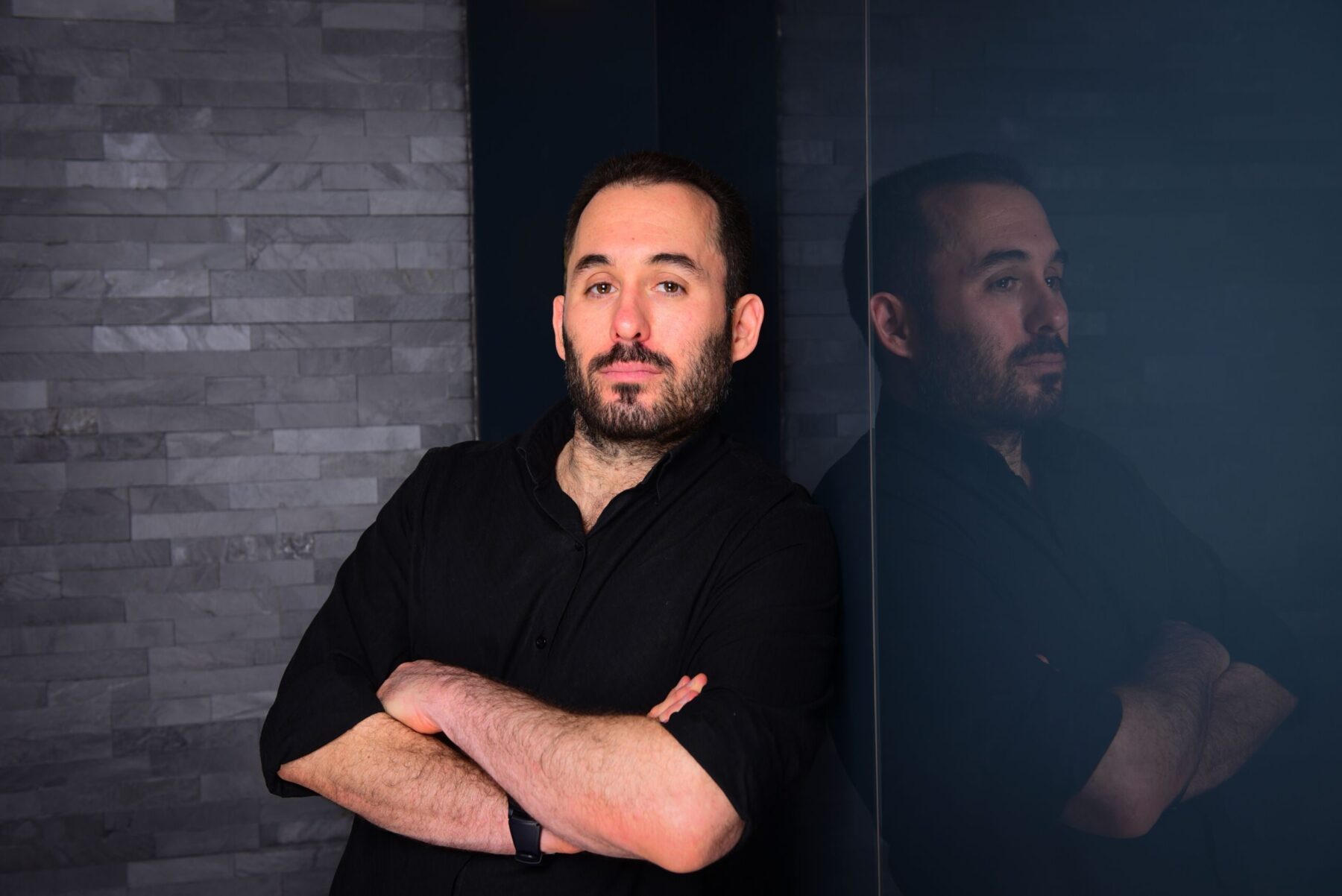
Fighting cancer with alpacas — Interview with Dr Oren Moscovitz
At the Max Planck Institute of Colloids and Interfaces in the Potsdam Science Park, Dr. Oren Moscovitz (Group Leader Biomolecular Systems) is researching novel antibodies to develop valuable new tools that target specific glycan structures on our cell membranes and help fight cancer. To do this, he receives special help from – Alpacas.
Very likely, Dr. Oren Moscovitz is the only scientist at the Potsdam Science Park who, if you were to accompany him on his work for a day, would not take you to his office or a laboratory first, but to a paddock somewhere in Brandenburg. In this paddock, you would meet a small but agile herd of curious alpacas. However, his work has very little to do with animals. Moscovitz is not a zoologist. He works as a group leader at the Max Planck Institute of Colloids and Interfaces (MPIKG) – as a glycobiologist.
The “sugar code” on our cells
Glycobiology deals with the structure, biosynthesis, and function of long and structurally complex sugar chains commonly called “glycans”. Glycans influence a wide range of biological processes, which is why they are interesting from a medical perspective. Moscovitz sees glycobiology as a classic cross-sectional field: “This is where biologists, chemists, and physicians meet.”
His work focuses on so-called targeted glycan therapeutics. These are treatment methods designed to act on the “sugar coat” of cancer cells, for example. Every cell in our body is surrounded by a dense layer of highly diverse sugar structures called the “glycocalyx”. The sugar molecules that form our glycocalyx protrude from the cell surface like tiny antennae. Their function is to pass on information between cells and their surrounding while at the same time being a docking point for unwanted visitors such as parasites, bacteria, and viruses. Unfortunately, cancer cells also exploit their sugar coat to enable their harmful proliferation and even use different glycan structures to evade detection by our bodies’ natural defenses. For glycobiologists, the “glycan code”, that is, the relationship between the structure and function of specific sugar structures on the cell surface, is therefore one of the most complicated languages encoded on our cell membrane. “The functional information hidden in specific glycan structures is far from fully understood,” Moscovitz explains, “Much of it has yet to be deciphered.”